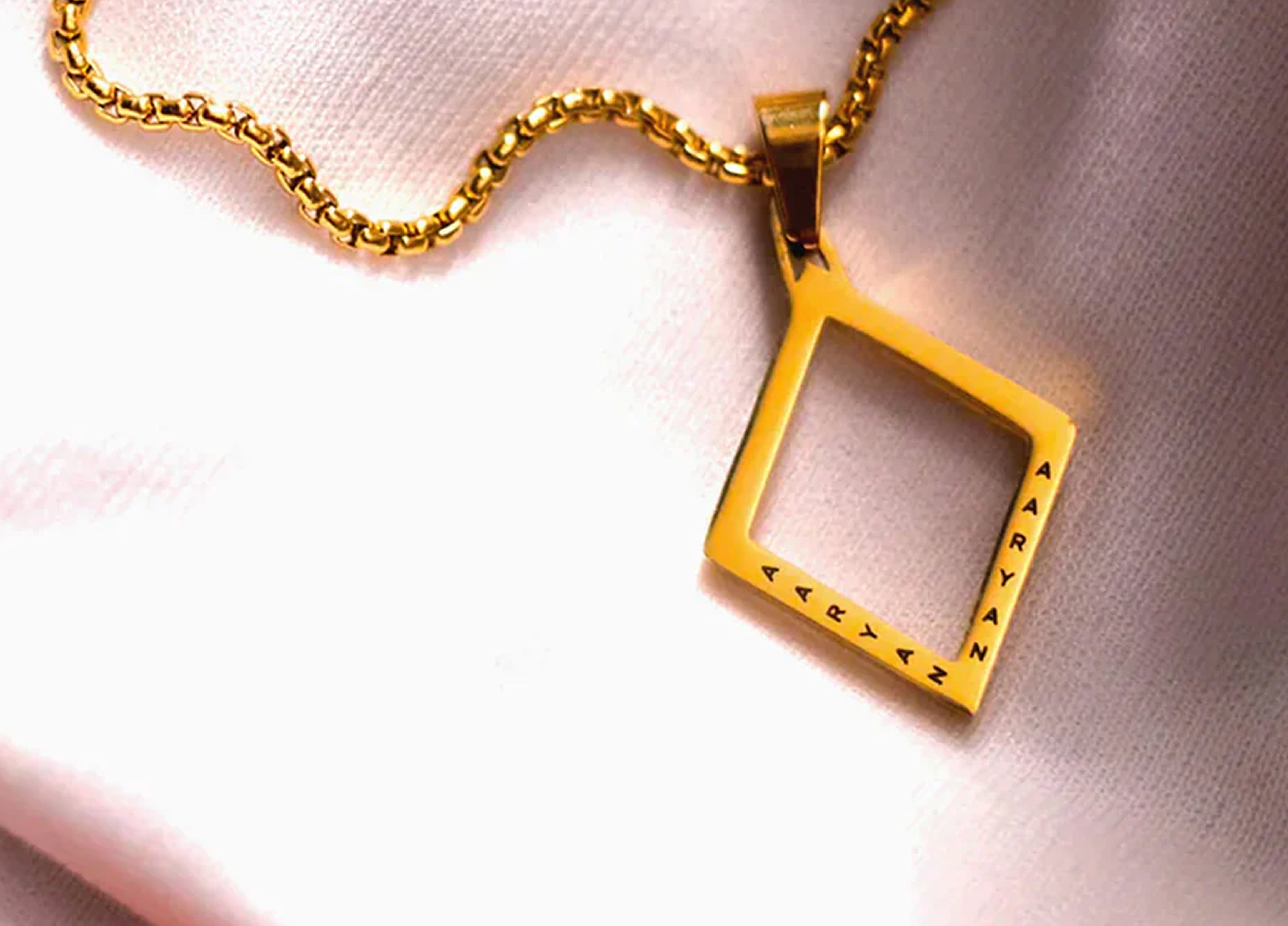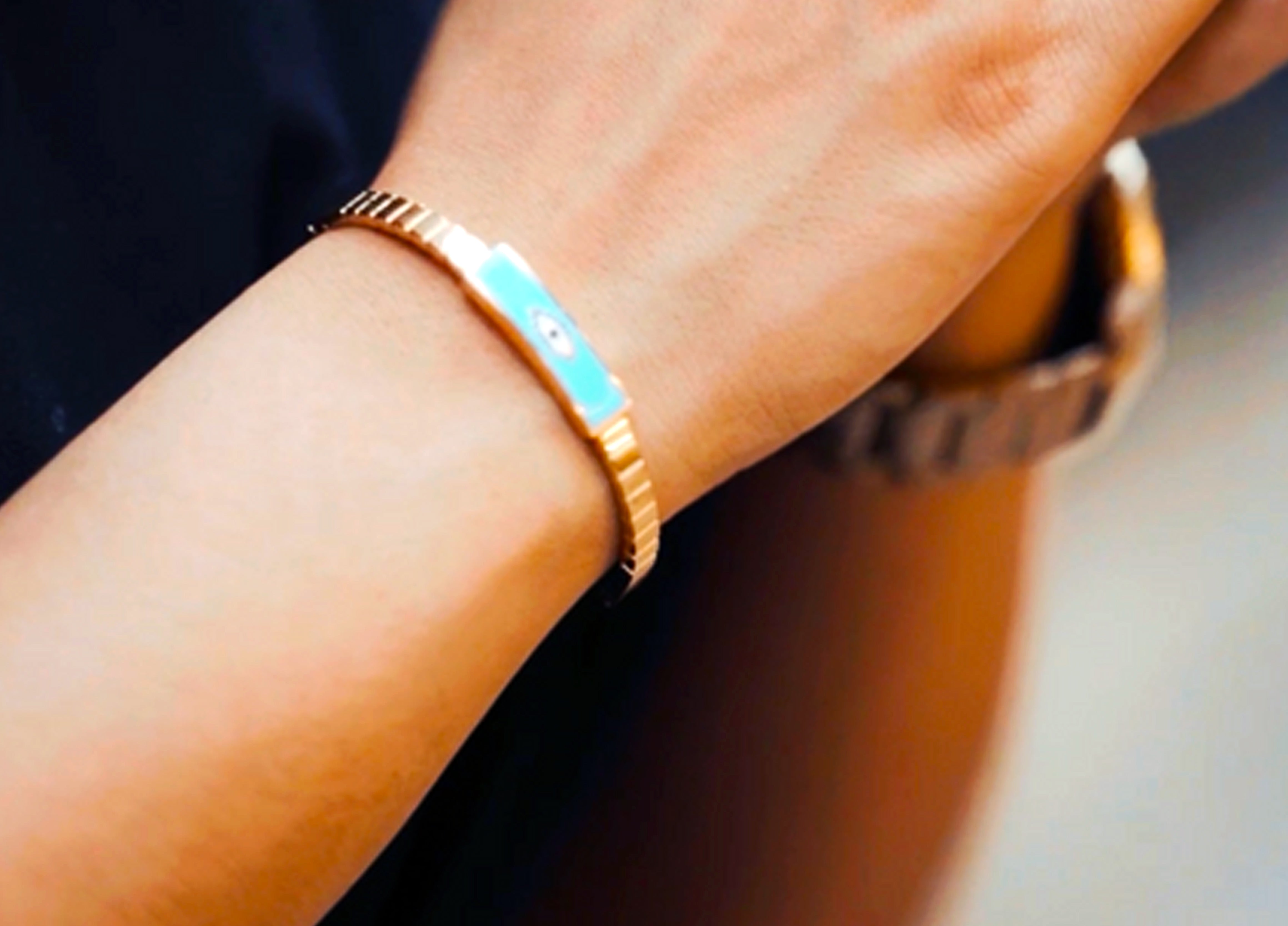Jewellery has historically been enjoyed for its representation of individual identity, cultural heritage, and enduring style. However, as fashion and functionality continue to overlap in a global fashion landscape, a new generation of adornment is forthcoming, one that is not only aesthetically compelling but also dynamically adaptive. Metal and Motion: Jewellery That Moves with You documents this exhilarating shift, where the static beauty of traditional jewellery converges with the fluidity of movement, redefining the experience of wearing art.
At the centre of this idea is the convergence of design, engineering, and motion. These are not accessories, but living objects which engage with gestures, rhythms, and emotions of the wearer. From articulated rings that open like unfurling flowers to pendants that rotate with the movement of the body, this type of jewellery encourages a sensory conversation between object and wearer. Movement is transformed into a design element, animating metal in ways that intrigue the eye as well as the imagination.
This dynamic rose from a multitude of disciplines-mechanical design, sculpture, and robotic design-serves to merge craft and creation. Metal artists and designers are indeed stretching the metal-working boundaries, using hinges, springs, and ball joints to make their creations move, shift or change. In doing so, they rightly question the traditional idea that jewellery should just be considered for adornment and instead suggest that it should interact.
Metal and Motion is no trend; it is a mirror of our ever-changing world and colours the increasing thirst for expression that is as fluid and mutable as we are. This movement embraces jewellery that refuses to merely sit on the skin; it reacts back to the skin, thereby putting the human body into motion, promising an interaction mix, and creating a chance open for storytelling.
Jewellery Design Goes in New Directions
Jewellery has, for centuries, had a sense of still elegance as objects of beauty for adornment and enhancement. The tenor of this tradition, however, is undergoing sentinel change. An era of designers is now reworking how jewellery responds to the human body. Where once jewellery sat in stillness, now it would move, transform, or react. Metal and Motion: Jewellery That Moves with You takes us through this transformation to a world where adornment is alive, dynamic, and expressive.
Interrelation of Art and Engineering
At the heart of moving jewellery lies the synthesis of design and engineering. Through tiny hinges, flexible joints, magnets, and kinetic components, jewellery is brought forth as a minor marvel of motion. These pieces often take their cue from natural movement: the flittering of leaves flapping open and closed, the slow-opening and closing of petals, or their oscillation back and forth with gentle waves.
This is a multi-disciplinary approach involving sculpture, architecture, and mechanical design. Hence, all of them are moving: a spinning pendant or an articulated ring. Movement brings life to the otherwise inert metal; hence, jewellery becomes an experience rather than an ornament.
Personalised Elegance in Motion
Customisation is key in this new genre. Today, consumers want pieces that are both creative and deeply personal. Kinetic jewellery comes in many custom forms a key-chain with your initials engraved, which spins or swivels when you move about; or a customised bracelet that bends with the wrist and loosens to reveal hidden messages or complicated designs as it moves.
All of these personal touches infuse the jewellery with emotional value and a narrative. Every piece can represent a memory or a relationship or a journey altogether; when taken into the kinetic realm, these memories are not set in stone but morph and move with the real lives that they stand for.
Sustainability and Slow Design
Introducing the kinetic jewellery concept, it will stand well with the values of slow fashion and sustainability. Most of the producers work with recycled metals and with hand tools to create their designs. Since the pieces are complicated and made to order, they support longevity rather than mass production. Customised jewellery that moves with the wearer is not a fad that will go away today; rather, it is a keepsake worthy of being cherished for a lifetime.
Metal and Motion more than an aesthetic innovation; it is the paradigm shift from how we conceive of jewellery. The jewellery is no longer treated as passive objects but rather as active participants in the life of the wearer. They invite interaction, celebrate individuality, and add an element of joy through unexpected movement and surprise.
Our kinetic elements reflect our increasingly fluid identities. In an era of rapid change, the static symbols already feel outdated. Motion-based pieces embrace change and, therefore, are reflective of the new identity. With pieces like a rotating custom key chain or a shape-shifting customised bracelet, wearers co-create their expression together with the jewellery.
This movement revives the idea of craftsmanship. In an age of digital production, these wearable sculptures depend on skill, conscious intent, and a bespoke quality of design. Each moving component exemplifies both a commitment to detail and a certain regard for the making process. Metal and Motion isn't simply a style of jewellery--it's truly a celebration of life in motion. It is to make jewellery that is considered almost alive, telling a different story with every rotation of the wrist or every step taken. From sentimental customised keepsakes to outrageous kinetic sculptures, this is jewellery that stays on the wearer with whom it literally dances.
The Metal and Motion exhibition essentially takes the concept of jewellery and instead of ornamenting it, gives it an inter-active and self-expressive, personalized kind of narrative. From a custom key chain that moves and rotates, to a flexible customized bracelet, all these are dynamic and present modern concepts of identity and life itself-in motion. With movement, stories are told, and engagement happens: turning any one of them into a living artwork. Rooted in craftsmanship and innovation, this jewellery strikes chords with those searching for meaning, movement, and uniqueness in their adornment. As design changes, so do our relationships with adornments ushering in a future where jewellery, not complementing movement, will be an integral part of it.




Leave a comment
All comments are moderated before being published.
This site is protected by hCaptcha and the hCaptcha Privacy Policy and Terms of Service apply.